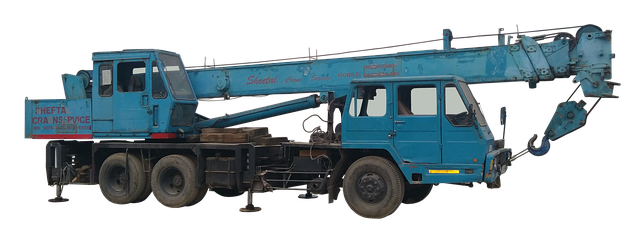Shaping Industrial Landscapes: The Emergence of Smart Factories
Introduction: The world of industry is experiencing a significant shift as smart factories begin to dominate the landscape. This move towards a more automated, interconnected, and intelligent industrial environment represents both a challenge and an opportunity for businesses.

A Glimpse into the Past: From Assembly Lines to Automated Factories
The concept of smart factories is not entirely new. It traces its roots back to the era of the industrial revolution when assembly lines were first introduced. Over time, advancements in technology led to the automation of several industrial processes. However, the arrival of the fourth industrial revolution, also known as Industry 4.0, has brought about a paradigm shift. Today’s smart factories are not just about automation alone. They incorporate a plethora of advanced technologies such as machine learning, Big Data, and the Industrial Internet of Things (IIoT), creating an interconnected and intelligent industrial environment.
The Current Scenario: The Rise of Smart Factories
Smart factories are rapidly gaining traction, marking a significant departure from traditional manufacturing methods. By leveraging advanced technologies, these factories can monitor, analyze, and optimize production processes in real-time. They offer a host of benefits, including increased operational efficiency, improved product quality, reduced downtime, and substantial cost savings.
However, transitioning to a smart factory model is not free of challenges. It requires substantial upfront investment, skilled manpower, and a robust IT infrastructure. Besides, concerns related to data privacy and security also pose hurdles.
Smart Factories and the Market Shift
The emergence of smart factories is causing a considerable market shift. Businesses that are able to adapt to this shift stand to gain a competitive edge. They can harness the power of data and insights to make informed decisions, optimize their operations, and deliver superior products and services to their customers.
But for those unable to keep up, the risk of being left behind is very real. The gap between the leaders and laggards in the industry is widening, and the latter may find it increasingly difficult to compete in a rapidly evolving market landscape.
The Road Ahead: Future Prospects and Possibilities
The future of smart factories looks promising. As technology continues to evolve, they are expected to become even more intelligent and autonomous. Moreover, as businesses recognize their potential, more and more are expected to embrace the smart factory model.
Practical Insights for Businesses
-
Understand the concept of smart factories and their potential benefits and challenges
-
Assess the readiness of your business for transitioning to a smart factory model
-
Make strategic investments in advanced technologies and skilled manpower
-
Prioritize data security and privacy to safeguard your operations
The emergence of smart factories represents a significant shift in the industrial landscape. While the transition may pose challenges, the potential benefits are too significant to ignore. By staying informed and making strategic decisions, businesses can successfully navigate this shift and reap the rewards of an increasingly intelligent and interconnected industrial environment.




